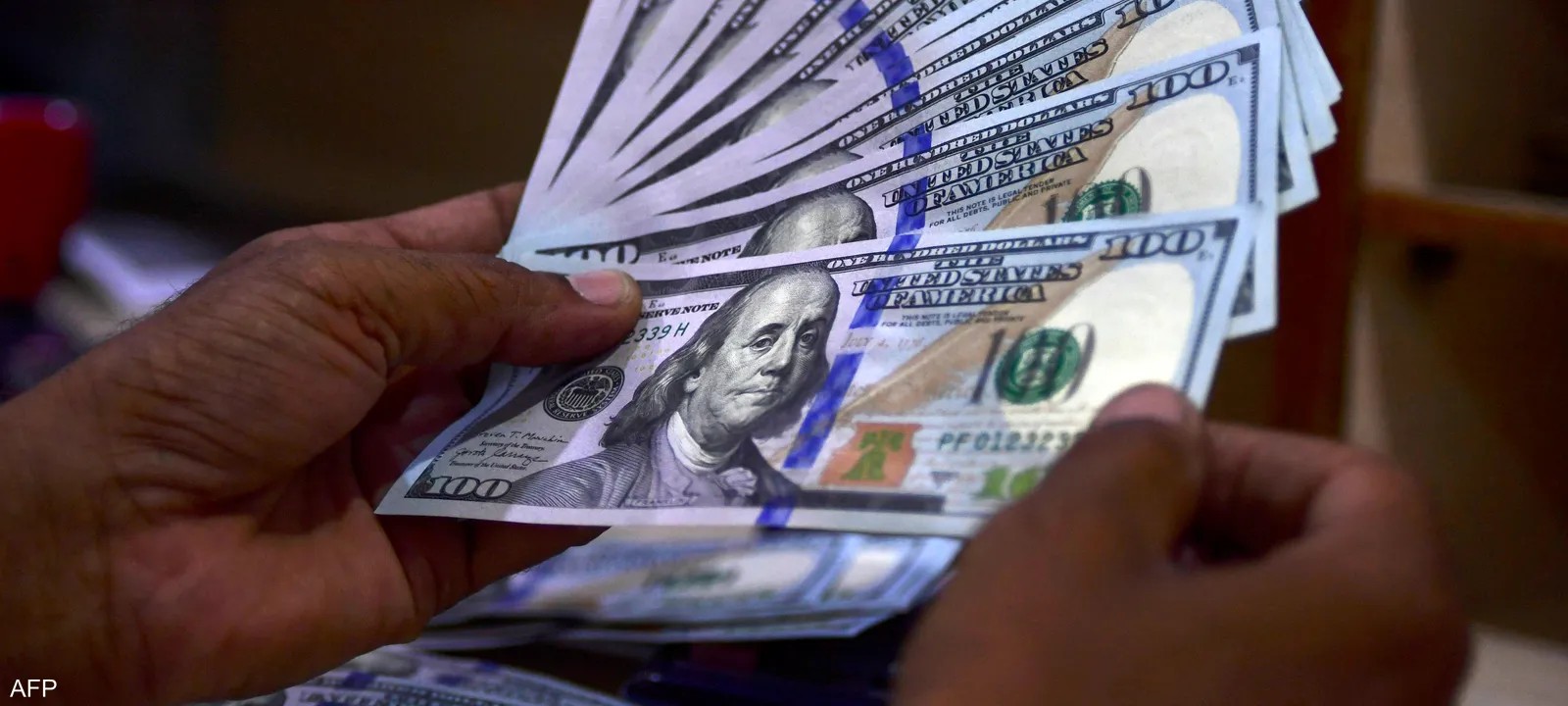The dollar was broadly steady on Monday, May 6, after a report showed slowing U.S. job growth and boosted hopes the Federal Reserve will cut interest rates this year, while the yen retreated after a bout of volatility triggered by what was believed to be Japanese government intervention last week.
The yen last week posted its strongest weekly gain since early December 2022 after two rounds of what were believed to be interventions by Tokyo to pull the currency away from a 34-year low of 160.245 yen per dollar. The yen rose 3.5% last week.
The yen fell broadly on Monday, falling 0.63% to 153.95 per dollar, 0.60% to 192.62 per pound and 0.64% to 165.715 per euro.
The offshore yuan fell to 7.2160 per dollar, after rising more than 1 percent last week. The onshore spot yuan opened at 7.2009 per dollar, its strongest since March 25. It was last at 7.2144 per dollar.
Data on Friday showed U.S. job growth slowed more than expected in April and annual wage increases fell below 4 percent for the first time in nearly three years.
Evidence of a slowing labor market has boosted optimism that the U.S. central bank can take action to curb inflation without tipping the economy into recession.
The dollar index, which measures the greenback against six major currencies, was at 105.16 points after touching a more than three-week low of 104.52 on Friday. The index has risen about 4% this year.
The euro was last at $1.0764 and sterling was little changed at $1.2545. The New Zealand dollar fell 0.17 percent to $0.600.
The Australian dollar was steady at $0.6612 ahead of the Reserve Bank of Australia's monetary policy decision on Tuesday, with the central bank generally expected to keep interest rates at 4.35%, where they have been since November.







































